FAMILY PORTRAIT
by Jessie and I
Description:
While designers bank mostly on the capitalisation of mass production, critical thinking is rarely involved in the making of their designs. This disregards the very need for emotional and personal connection to the average consumer. Our dark object aims to provide an immersive, emotional experience for viewers while telling a narrative, in an attempt to portray the multifaceted feeling of loneliness and abandonment.
Our narrative, essentially, depicts a story of an elderly man, suffering the loss of his son, daughter-in-law and his three granddaughters through an unfortunate accident that involved the negligence of his son when he drank and drive. They were on their way to celebrating his birthday. Every year since then, he gets reminded of that feeling of loss and abandonment as he lives by himself and celebrates his remaining birthdays, mourning their loss.
The purpose of this object is not to torment but for one to reflect on the importance of valuing what we have, at this moment in time. In this life, we can be too caught up on the riches of life yet forget the most basic of it all, love and family.
Design Process Documentation
Video of Actual Installation
The images Lei shared during her brief regarding ‘Accessories for Lonely Men by Noam Toran from 2001 really stood out to us so we were inspired to create our project based on that. Emotional connection with the user was of the essential focal point when creating the narrative, audio and visuals. We also focused on creating an ambience physically where we played around with the scent associations of an elderly man. We also added an old tartan shirt to add to the connection of the user, playing the role of the elderly man.
As mentioned earlier, the intent of our object is merely to spark and tug on heartstrings of users. It is to allow for an immersive experience for users to remind them of their loved ones. We get too caught up with the happenings in our lives that we forget to treasure the people we have left. The very people who actually will be there for us regardless the circumstance.
Hence, this is to allow users to be able to connect with the art, though might not be from a first person’s perspective, they would still be able to follow through the narrative and feel affected enough by it to trigger an emotion.
Instructables:
What we needed:
- 6X White LED
- 5X Red LED
- Multiple Resistors
- 1X Servo Motor
- 2X Photocell
- 1X Ultrasonic Sensor
- Mulitple Male to Female jumper wires
- 1 Breadboard
- 1 Arduino Uno
PSEUDO CODE
With regards to the narrative, the sound was designed according to its association with the storyline.
Main character: ‘Ah Kong’
Rest of the characters: 3 Granddaughters, Son, Daughter-in-law
As the user approaches the frame, the ultrasonic sensor will trigger the WhiteLEDs to turn on.
Played through a bluetooth speaker, it starts off with the ambience sound of “Happy Birthday” being sung to ‘Ah Kong’ which also acts as Ah Kong’s reminiscent to his past birthday with his beloved family. This is meant to establish context and add atmospheric noise to the room.
A separate headphone plays the calling of Ah Kong by his granddaughters. It should be loud enough to attract users to pick up the headphones and create urgency for them to do so. This guides the users as to their next step.
As they pick up the headphone, the photocell will trigger the next audio to play. This audio is of the son, talking to his dad, ‘Ah Kong’, establishing that he it was ‘Ah Kong’s’ birthday but his son could not make it for dinner but is still planning to come over with his family to celebrate the remaining evening with his father. He skips the planned dinner to head out for an evening of beers with his friends before driving his family to ‘Ah Kong’ house.
The audio then switches to him driving, in the state of being drunk, and speeding in the car. The end of the audio triggers the servo motor to push the frame down, signifying the first death of the narrative, ‘Ah Kong’s’ son.
With this, the next audio is triggered where the audio of his granddaughters are played, calling out to him. This, like before, acts like an indicator to guide the user to pick up the frame.
Upon picking up, user should realise that one of the WhiteLEDs, the one of the father, that is, has been switched off where the WhiteLEDs on the rest remains. The next audio establishes the context that the rest of the family except ‘Ah Kong’, were in the car during the accident, while they were on the way to celebrate ‘Ah Kong’s birthday’. The end of the audio triggers the servo motor to push the frame down.
Once again, the indicator of the granddaughters calling out to ‘Ah Kong’ will be played to guide the user on the next step. As they pick up the frame, like before, the 3 other WhiteLEDs are switched off, indicating the death of the mother, and 2 of the older kids.
The user will notice the youngest child’s WhiteLED is still lit but will be blinking while her audio crying will be played and faded out. The audio will end with the switching off of her WhiteLED, indicating her death too.
After which, the RedLED’s of all 5 members of the family will be flashed at their hearts, signifying their death while ‘Ah Kong’s’ WhiteLED will still be turned on, conveying the idea that he is still alive.
HOW IT WORKS:
Step 1: Connection to Arduino
Step 2: Coding – Arduino – Servo Motor & Lights
Step 3: Coding – Processing – Sound
Step 4: Building
Step 5: Creating a physical ambience with scents and set-up
Please refer to: https://oss.adm.ntu.edu.sg/jtiong002/family-portrait/
Reflections:
This project has allowed me to really understand the ins and outs of an interactive project. As a whole Experimental Interaction served as a platform for me to understand the culture of making, open sharing and collaborative art pieces, which are done to provoke and trigger emotions, conversations and debate. What we have learnt over the past few weeks during research critique have equipped us with the basis to create a hopefully, effective installation for users to experience. We realised that we were both very much drawn to the aspect of family and abandonment and most particularly, elderlies and how they are often under-appreciated. We wanted to dive deeper into that. If I am being honest, the coding didn’t come naturally for me and I struggled through the process of coding. I would definitely be brushing up during the holidays as I feel like it could be a hindrance for me to achieve a greater understanding of the subject matter. I am truly interested in the art of interactivity, in particular, if it involves social matters.
As for sound engineering, I felt like I have really understood the craft of creating an ambience and emotion with audio. This project allowed me to evoke emotions for users without visuals and that’s the biggest takeaway for me because it taught me the importance of sound and the ability of how certain elements could work with others for users to make associations and paint a picture in their heads.
All in all, this project was definitely one that was extremely challenging given the huge amount of complicated coding involved, coupled with the multiple elements that went into it such as the building of the object. This was very much important so as to simulate the proper installation and create a reality for users.
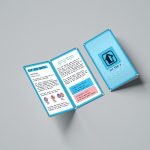
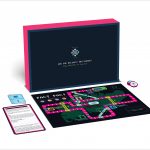
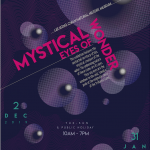
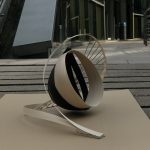
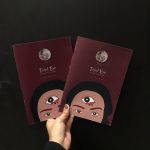
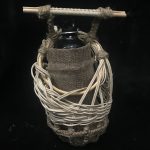
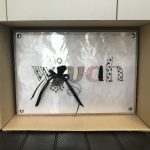


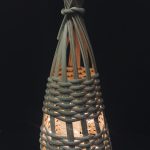
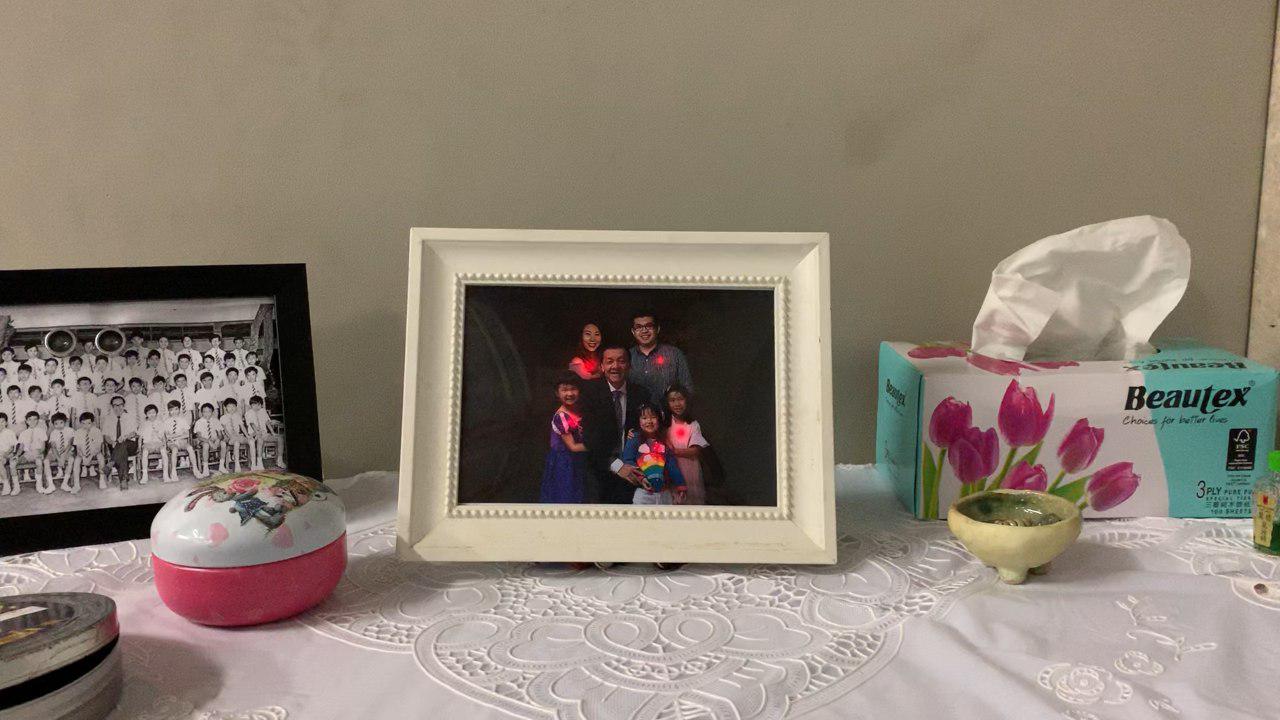
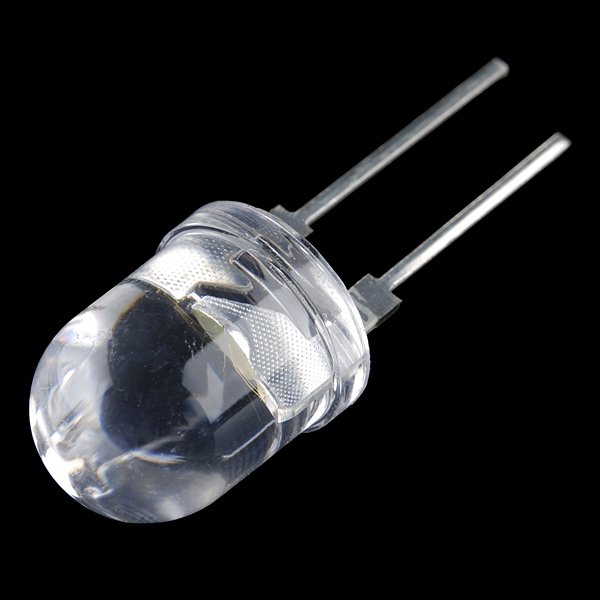
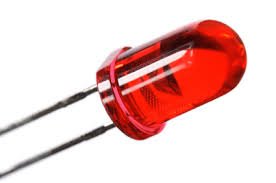
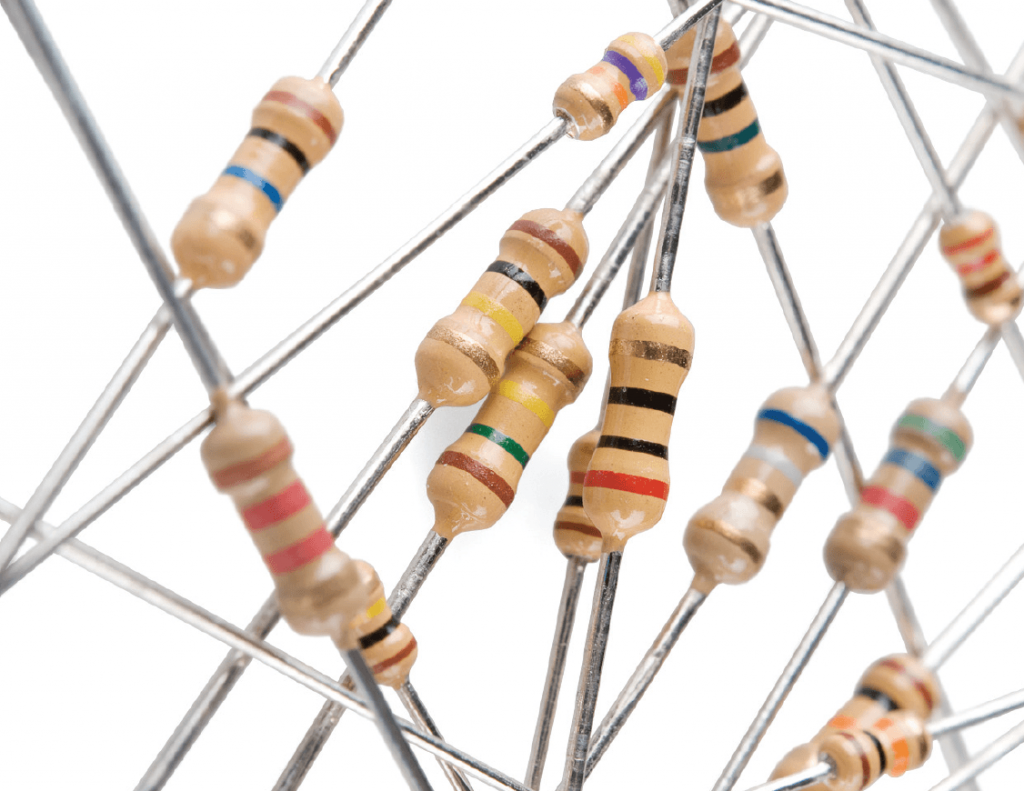

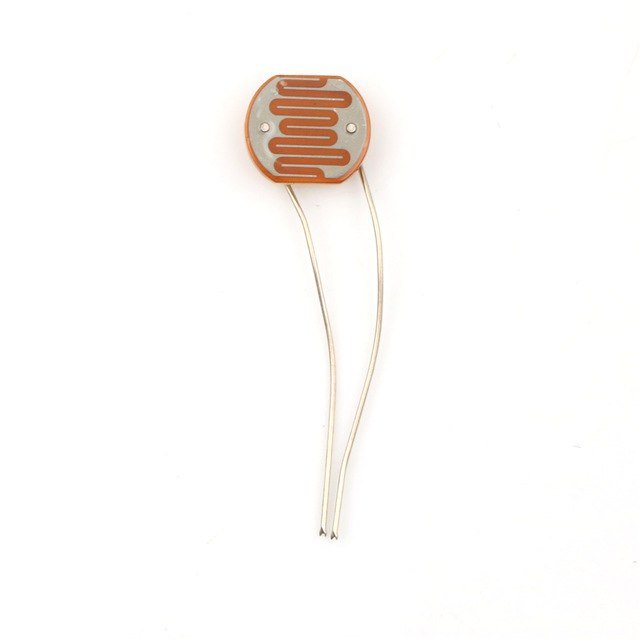
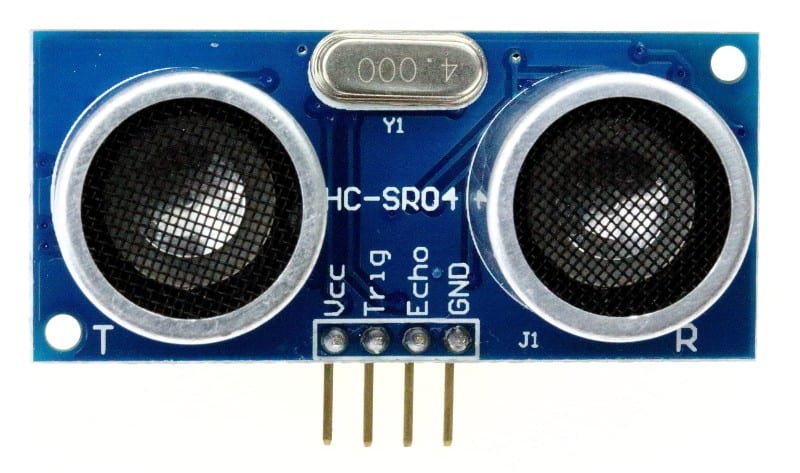




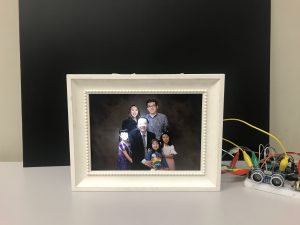

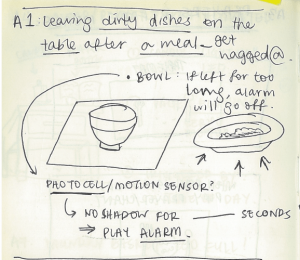
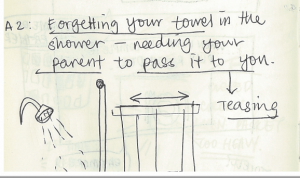
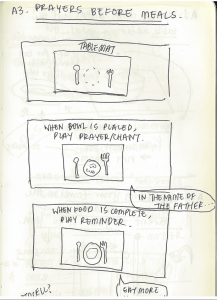
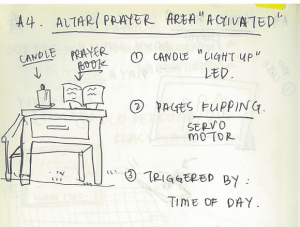
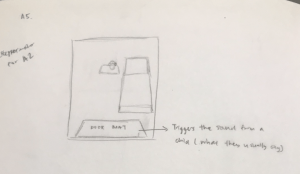
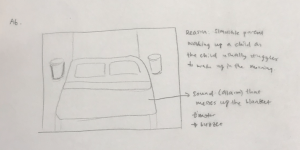
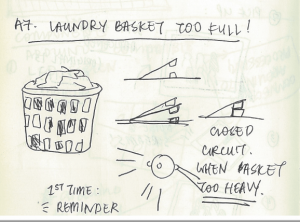
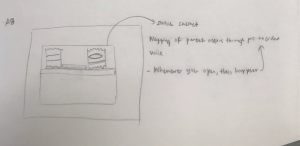
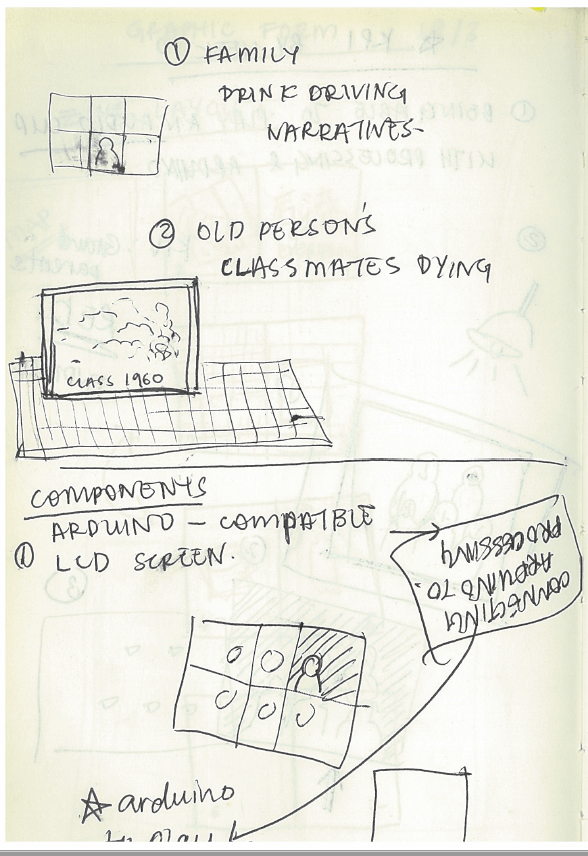
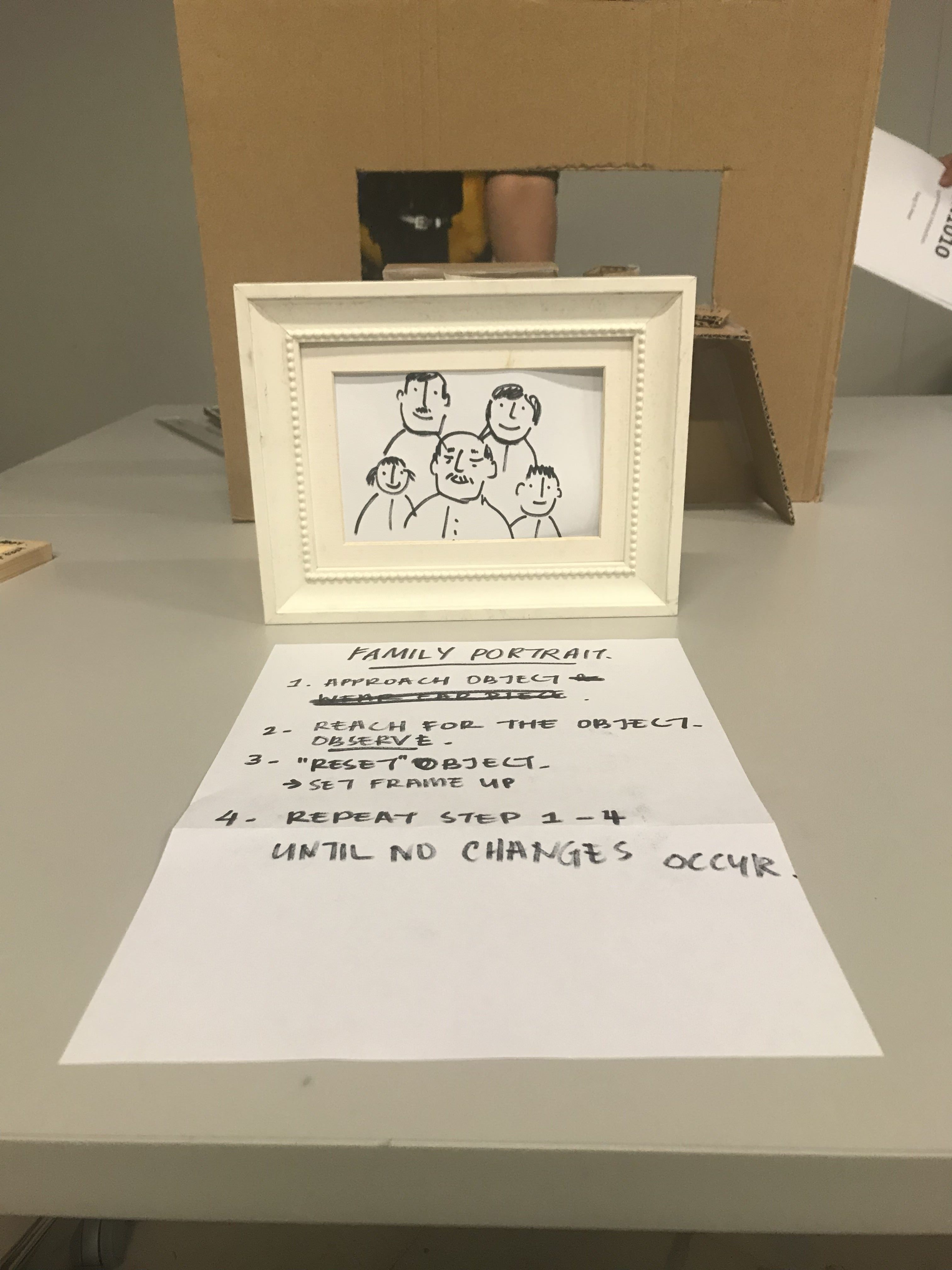
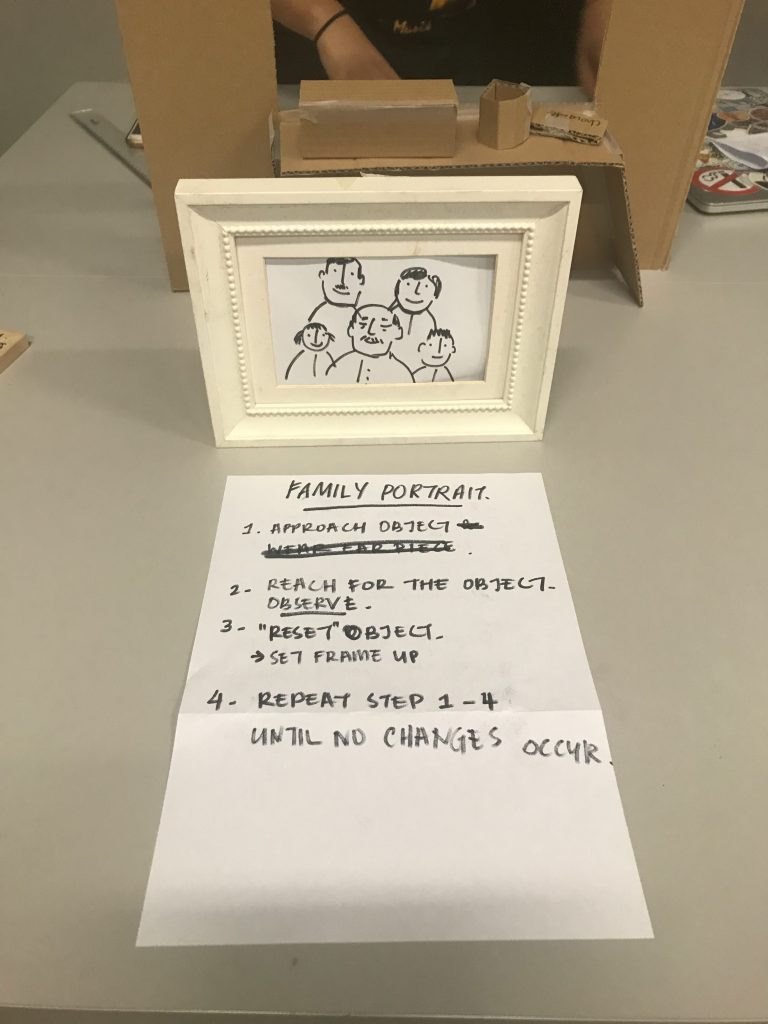
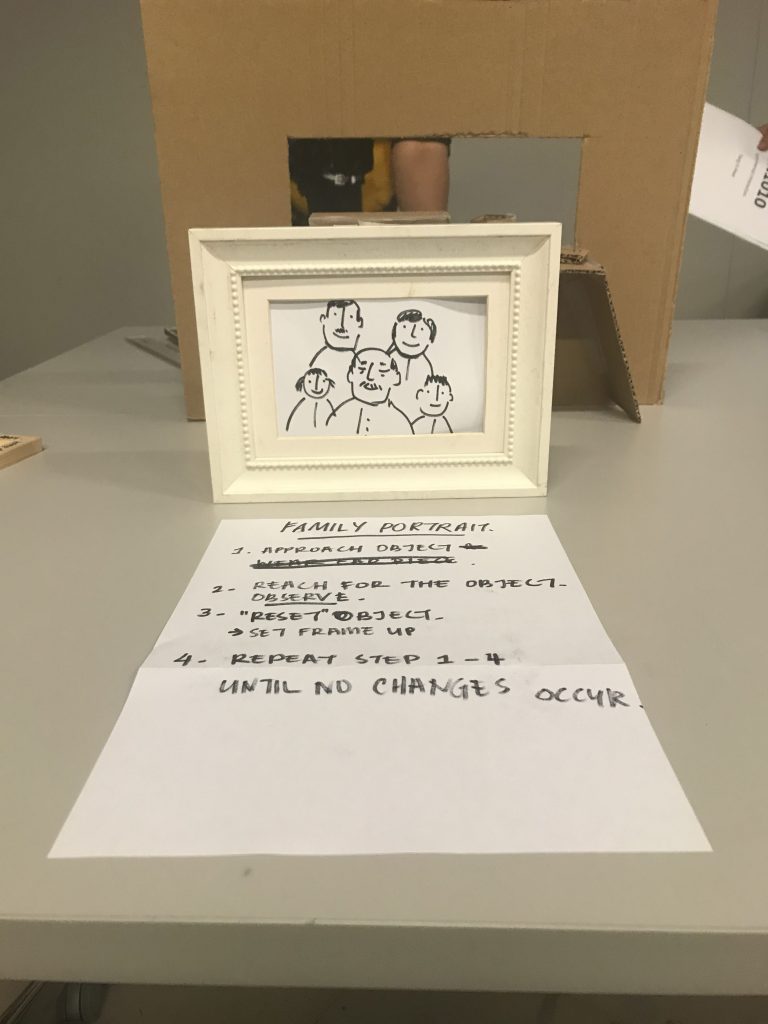
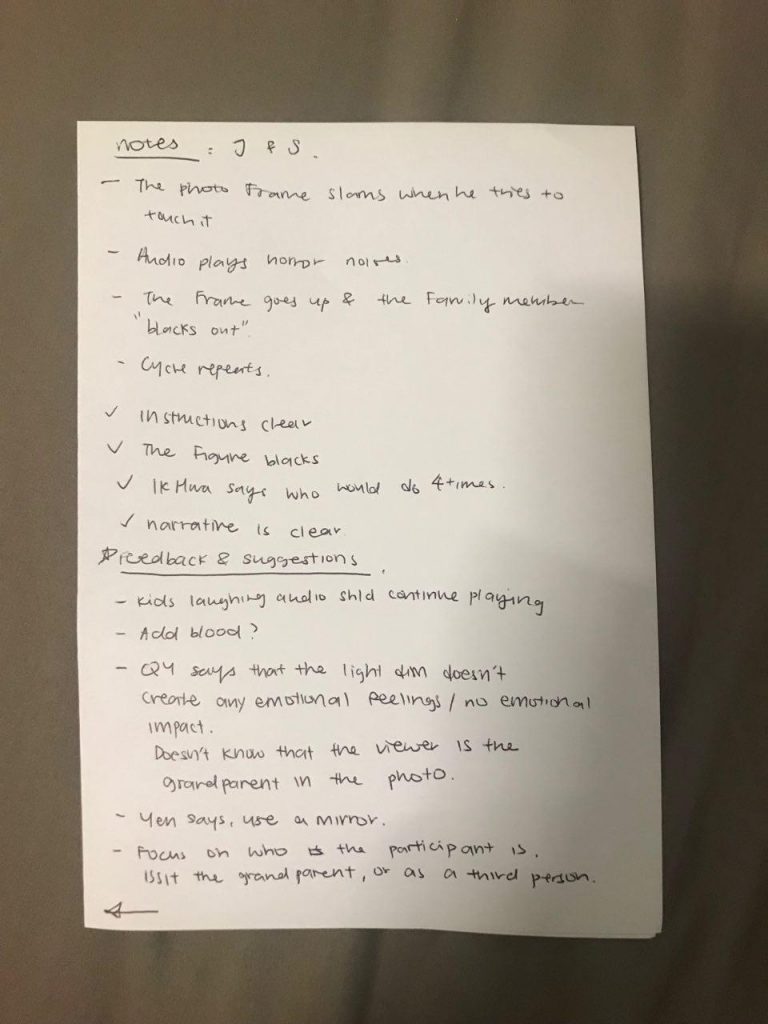
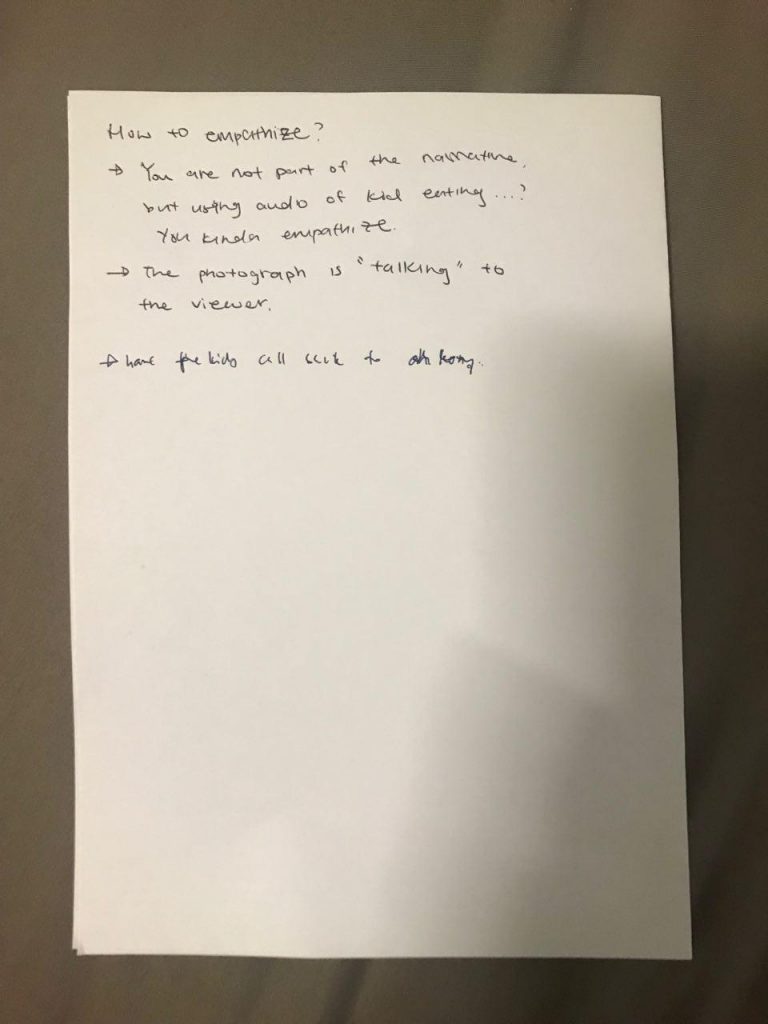





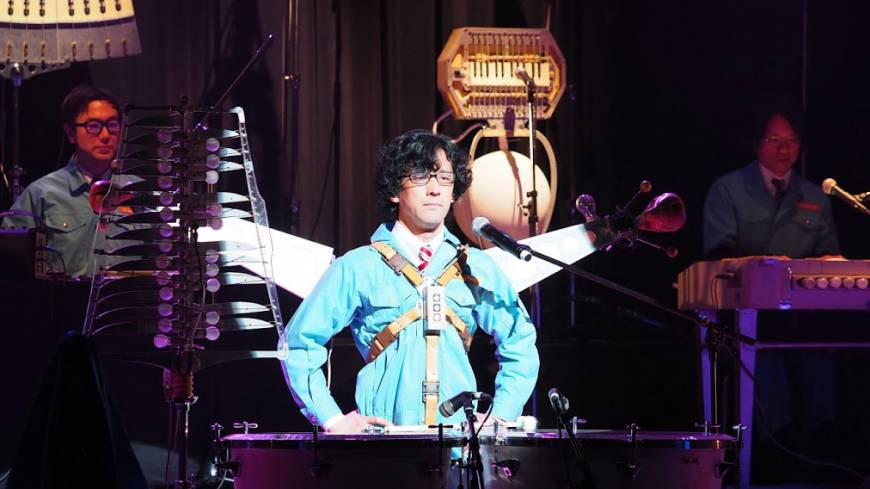
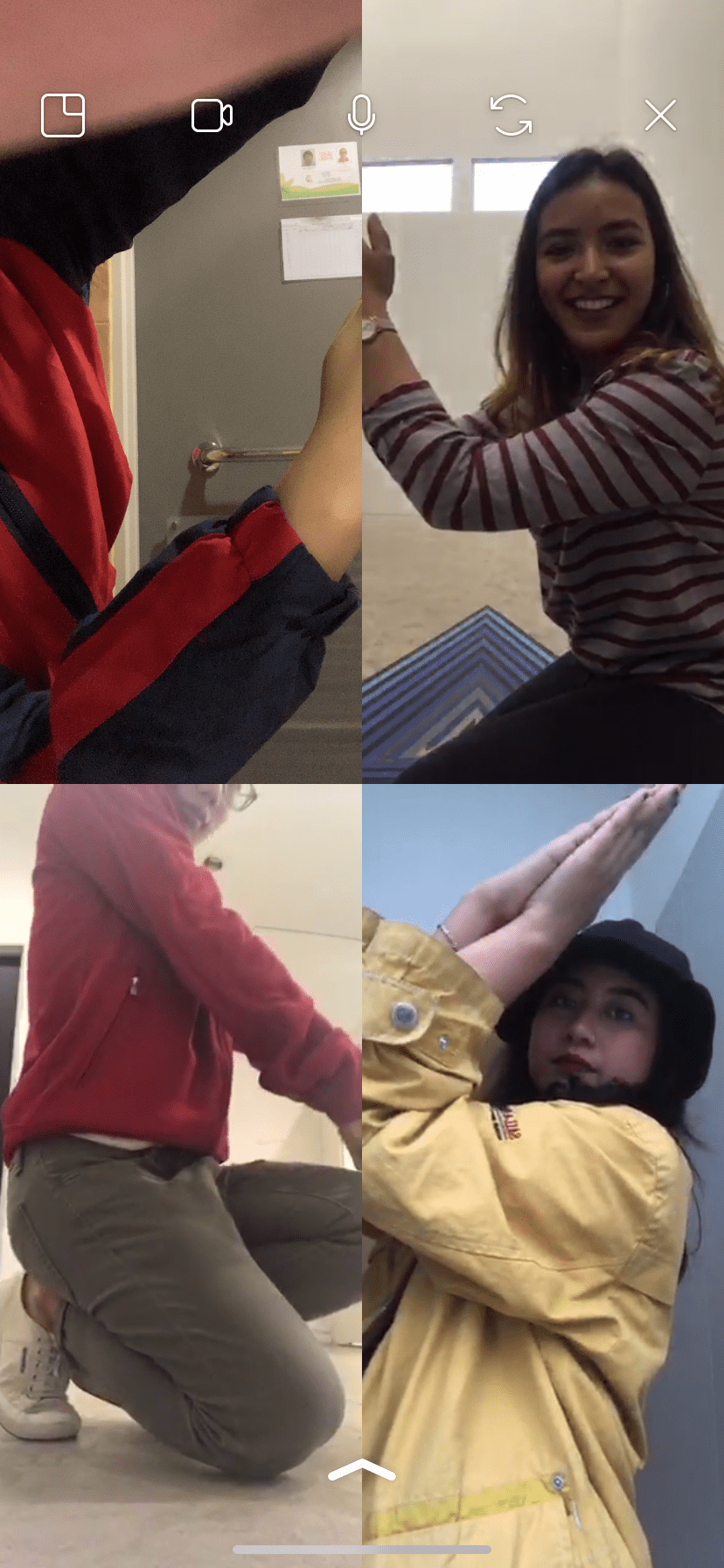
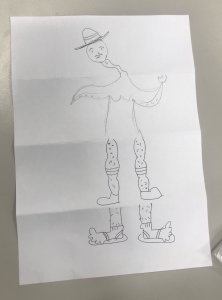
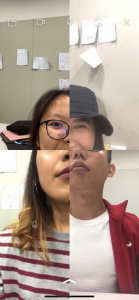
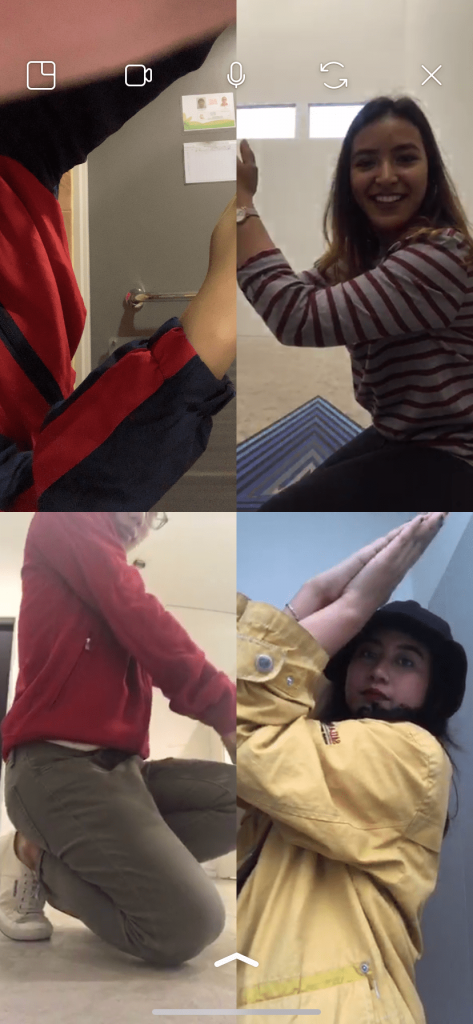
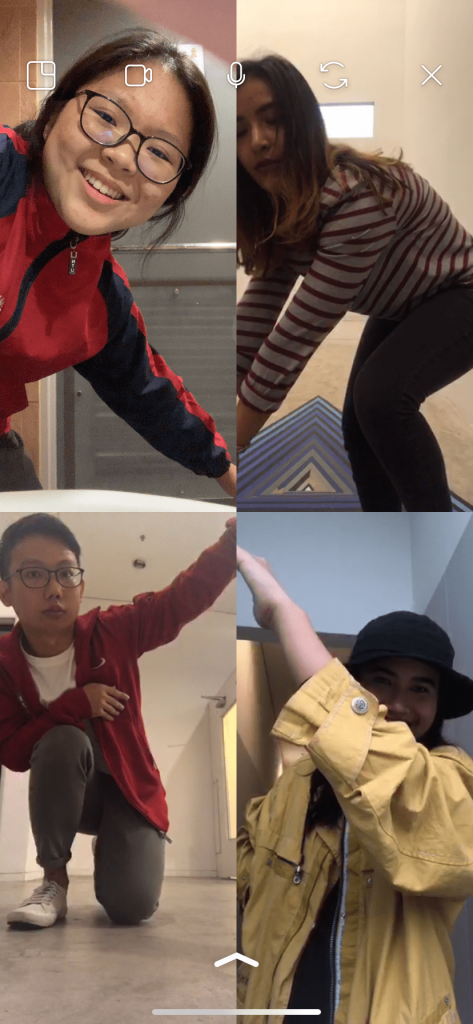










Recent Comments